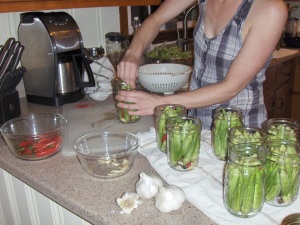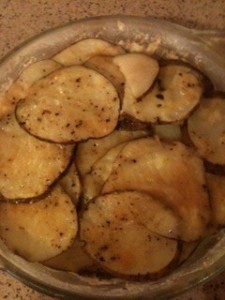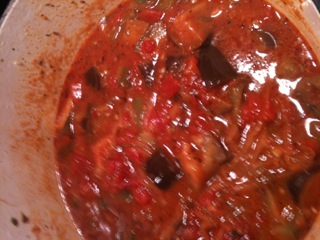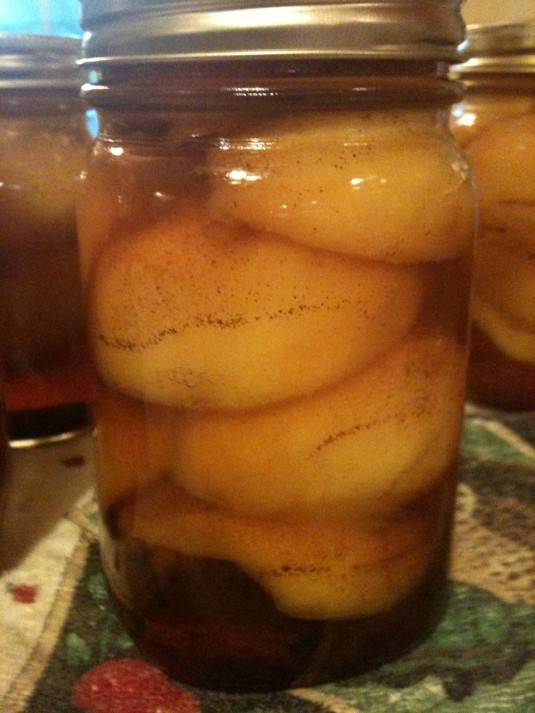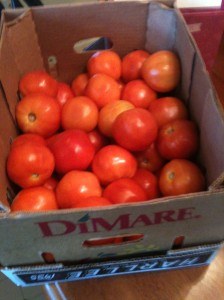I took my last jar of pickled okra to a retirement party a few weeks ago so I needed to make some more. I recruited the help of a dear friend, Marjorie, since I knew she loved pickled okra probably more than I did, plus it would give us a chance to catch up and spend some time together that we don’t get to do very often given our hectic schedules. She of course accepted my offer and we had a blast!
Since I don’t have a garden this year, I went to the Raleigh Farmer’s Market to get the produce. I had figured on getting about 15 pounds of okra in order to make about 4 batches (half of the work in canning is getting everything out and going so why not double-up and make everything more efficient?) Once I got to the market and saw that the nice, small okra pods were going from around $2.49 to $2.99 a pound, I was in shock. These were going to be expensive pickled okra! I finally stopped at a booth that had the lowest price per pound and simply just asked them what they would sell 15 pounds of okra for. The lady walked away from the booth to speak to an older man back at their truck and she came back and said I could buy a box for $20 which was equivalent to about 15 pounds. So, my price per pound was $1.33 a pound! From growing okra many times, I know that there are no pests that really attack the plants, so I was pretty confident that these were at least pesticide-free. And given their willingness to work with me on the price, I went ahead and bought my chili peppers and some other produce while I was there.
Making pickles with a friend is definitely the way to go. Marjorie and I took turns on the various chores. She tackled the sink-full of okra first and cutting just a snip off the tip so the okra would absorb all the juices while I snipped the ends off of the peppers, smashed garlic cloves, and prepared the canner, jars, and pickling liquid. We talked, listened to some music, drank some wine, and made 23 pints of pickled okra. I’m thinking of recruiting Marjorie’s help for making mustard here soon.
Hot Pickled Okra (I quadrupled this recipe)
3 cups of water
3 cups of white vinegar
1/3 cup of pickling salt
2 tsp dill seed
3 1/2 lbs of small okra pods, washed and tips snipped off.
12 cloves of garlic (smashed with a knife blade)
12 Thai or small chili peppers washed and tips snipped off.
Prepare canner, jars and lids.
Combine water, vinegar, salt and dill seeds in a large stainless steel pot and bring to a boil, stirring to dissolve salt. Reduce heat and keep warm until ready to ladle into packed jars.
Place 3 garlic cloves and 3 chili peppers into each jar and then pack with clean, trimmed okra pods. Ladle hot pickling liquid into jars and seal jars. Place jars into canner and process for 15 minutes.

